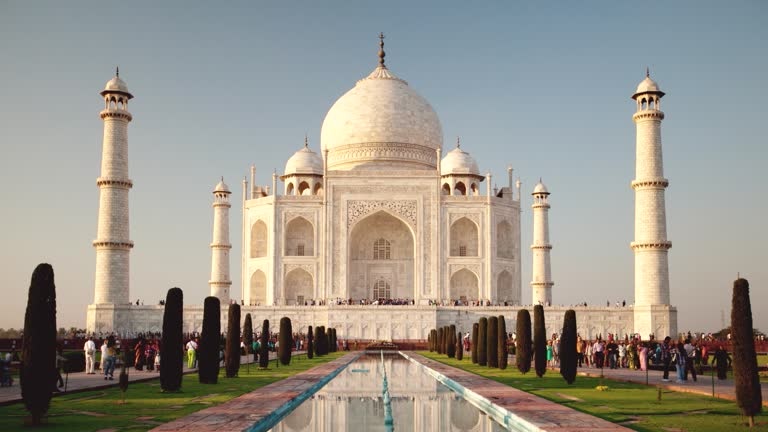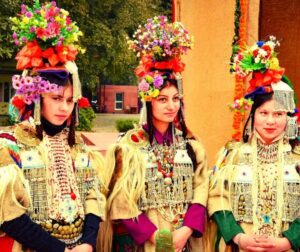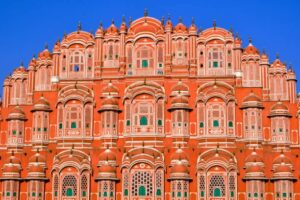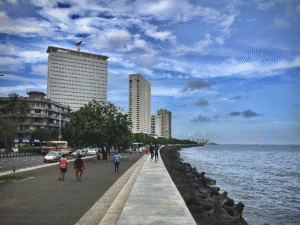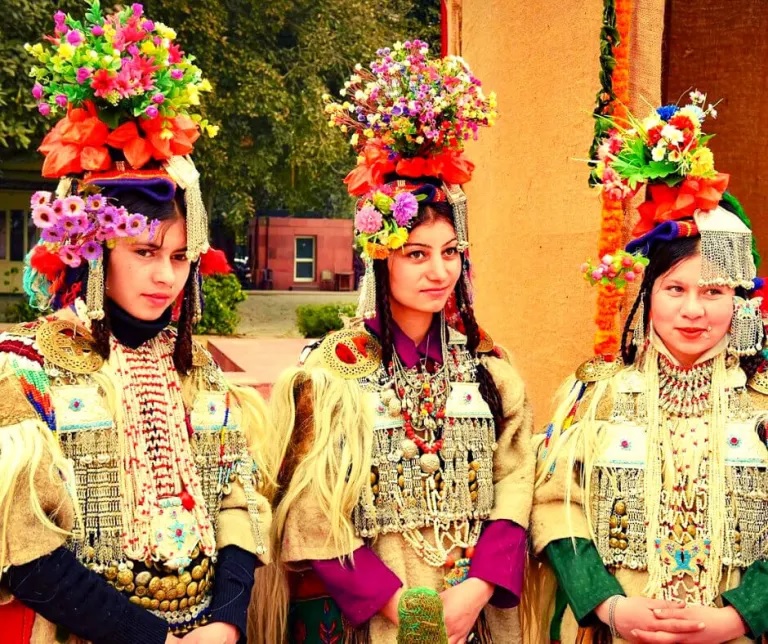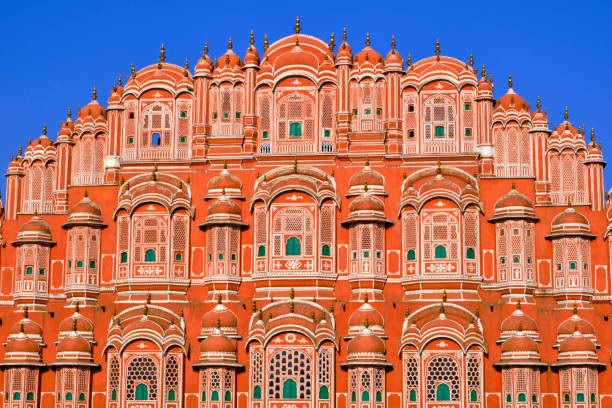Why Choose Ladakh for Trekking?
Ladakh, often called the “Land of High Passes,” is located in the northernmost part of India. It sits at an altitude of 9,000 to 25,000 feet, making it one of the highest inhabited regions on Earth.
Top Reasons to Go Trekking in Ladakh:
- Majestic landscapes of the Himalayas and Karakoram ranges
- Remote trails with little commercial tourism
- Interactions with local Ladakhi communities
- Ancient Buddhist monasteries and unique Tibetan culture
- Glacial rivers, alpine lakes, and high-altitude passes
Best Time for Trekking in Ladakh
| Season | Months | What to Expect |
|---|---|---|
| Summer | June – Sept | Most treks open, clear skies, warmer days |
| Winter | Jan – Feb | Only frozen treks (like Chadar) |
Pro Tip: June to September is ideal for most high-altitude treks. Acclimatize for at least 2 days before starting any trek.
Top Treks in Ladakh
1. Markha Valley Trek
Duration: 6–9 days
Difficulty: Moderate
Altitude: Up to 5,200m (Kongmaru La Pass)
Highlights:
- River crossings, Buddhist villages, wildlife
- Hemis National Park (snow leopards, blue sheep)
- Monasteries: Hemis, Thiksey, and Skiu
Best For: Trekkers looking for a complete cultural and scenic experience
2. Chadar Trek (Frozen Zanskar River Trek)
Duration: 8–10 days
Difficulty: Challenging
Altitude: ~3,400m
Season: Only in January–February
Highlights:
- Walk over a frozen river
- Icy caves, waterfalls, and extreme survival experience
- Tented camps on snow
Best For: Experienced adventurers and winter trekkers
3. Stok Kangri Trek
Note: Currently closed for 2025 as per environmental regulations
Formerly the most popular trekking peak in Ladakh, Stok Kangri offered a non-technical climb to 6,153m.
Alternative: Kang Yatse II Trek
4. Sham Valley Trek (Baby Trek)
Duration: 3–5 days
Difficulty: Easy
Altitude: 3,500m – 4,000m
Highlights:
- Suitable for families and beginners
- Homestay experience in villages like Likir and Yangthang
- Cultural exploration and low-altitude acclimatization
5. Tso Moriri to Spiti Valley Trek
Duration: 10–12 days
Difficulty: Difficult
Altitude: Over 5,000m
Route: Remote trail connecting two Himalayan regions
Best For: Serious trekkers seeking solitude and panoramic views
Sample Itinerary – Markha Valley Trek (7 Days)
- Day 1: Drive from Leh to Chilling – Trek to Skiu
River crossing on a pulley bridge
Easy walk through the Markha River gorge - Day 2: Skiu to Markha
Gradual ascent along the river
Pass through barley fields and Tibetan-style homes - Day 3: Markha to Hankar
View of Kang Yatse Peak
Small villages and grazing pastures - Day 4: Hankar to Nimaling
Ascend through wildflower meadows
Tented stay with views of high mountains - Day 5: Nimaling to Chokdo via Kongmaru La
Toughest day with a high pass crossing at 5,200m
Panoramic views of Zanskar and Ladakh ranges - Day 6: Chokdo to Hemis – Drive to Leh
Visit Hemis Monastery
Return to Leh for rest
Permits and Regulations
- ILP (Inner Line Permit) is required for treks near the China border or sensitive areas.
- Apply online at LAHDC Portal or through registered agents.
- Chadar and restricted-region treks require Environmental & Medical clearances.
Packing List for Ladakh Treks
- High-quality trekking boots
- Thermal innerwear and down jacket
- Waterproof shell and gloves
- Sunglasses, sunscreen (SPF 50+), lip balm
- Reusable water bottle and purification tablets
- Personal medication + Diamox for altitude
- Sleeping bag (sub-zero rated, if not provided)
- Trekking poles, headlamp, and power bank
Acclimatization & Safety Tips
- Stay in Leh for 2–3 days before any trek
- Avoid alcohol and caffeine initially
- Ascend slowly, follow your guide’s advice
- Drink plenty of water (3–4L daily)
- Know signs of AMS (Altitude Mountain Sickness): headache, nausea, fatigue
- Emergency evacuation options are limited — travel with a reliable operator
Choosing a Trekking Operator
Ensure your operator is:
- Government registered
- Provides experienced local guides
- Includes permits, meals, and safety equipment
- Transparent about acclimatization and emergency plans
Top Add-ons: Cultural tours in Leh, monastery visits, post-trek spa/massage services
Responsible Trekking in Ladakh
- Leave No Trace: Pack out all waste
- Use Eco Campsites: Avoid wild camping in protected zones
- Support Local Communities: Stay in homestays, hire local guides
- Respect Local Customs: Dress modestly, avoid loud behavior at monasteries
Final Thoughts on Trekking in Ladakh
From frozen rivers and ancient passes to green valleys framed by snowy peaks, trekking in Ladakh is a once-in-a-lifetime journey into the heart of the Himalayas.
Whether you’re walking through quiet villages in Sham Valley or testing your limits on the Chadar Trek, Ladakh will stay with you long after the trail ends.
Plan well, travel light, acclimatize wisely—and let the mountains lead your way.
Ready to explore Ladakh’s breathtaking trails? Discover our specially crafted Ladakh trekking tour packages and start planning your high-altitude adventure today.
Why Choose Ladakh for Trekking?
Ladakh, often called the “Land of High Passes,” is located in the northernmost part of India. It sits at an altitude of 9,000 to 25,000 feet, making it one of the highest inhabited regions on Earth.
Top Reasons to Go Trekking in Ladakh:
- Majestic landscapes of the Himalayas and Karakoram ranges
- Remote trails with little commercial tourism
- Interactions with local Ladakhi communities
- Ancient Buddhist monasteries and unique Tibetan culture
- Glacial rivers, alpine lakes, and high-altitude passes
Best Time for Trekking in Ladakh
| Season | Months | What to Expect |
|---|---|---|
| Summer | June – Sept | Most treks open, clear skies, warmer days |
| Winter | Jan – Feb | Only frozen treks (like Chadar) |
Pro Tip: June to September is ideal for most high-altitude treks. Acclimatize for at least 2 days before starting any trek.
Top Treks in Ladakh
1. Markha Valley Trek
Duration: 6–9 days
Difficulty: Moderate
Altitude: Up to 5,200m (Kongmaru La Pass)
Highlights:
- River crossings, Buddhist villages, wildlife
- Hemis National Park (snow leopards, blue sheep)
- Monasteries: Hemis, Thiksey, and Skiu
Best For: Trekkers looking for a complete cultural and scenic experience
2. Chadar Trek (Frozen Zanskar River Trek)
Duration: 8–10 days
Difficulty: Challenging
Altitude: ~3,400m
Season: Only in January–February
Highlights:
- Walk over a frozen river
- Icy caves, waterfalls, and extreme survival experience
- Tented camps on snow
Best For: Experienced adventurers and winter trekkers
3. Stok Kangri Trek
Note: Currently closed for 2025 as per environmental regulations
Formerly the most popular trekking peak in Ladakh, Stok Kangri offered a non-technical climb to 6,153m.
Alternative: Kang Yatse II Trek
4. Sham Valley Trek (Baby Trek)
Duration: 3–5 days
Difficulty: Easy
Altitude: 3,500m – 4,000m
Highlights:
- Suitable for families and beginners
- Homestay experience in villages like Likir and Yangthang
- Cultural exploration and low-altitude acclimatization
5. Tso Moriri to Spiti Valley Trek
Duration: 10–12 days
Difficulty: Difficult
Altitude: Over 5,000m
Route: Remote trail connecting two Himalayan regions
Best For: Serious trekkers seeking solitude and panoramic views
Sample Itinerary – Markha Valley Trek (7 Days)
- Day 1: Drive from Leh to Chilling – Trek to Skiu
River crossing on a pulley bridge
Easy walk through the Markha River gorge - Day 2: Skiu to Markha
Gradual ascent along the river
Pass through barley fields and Tibetan-style homes - Day 3: Markha to Hankar
View of Kang Yatse Peak
Small villages and grazing pastures - Day 4: Hankar to Nimaling
Ascend through wildflower meadows
Tented stay with views of high mountains - Day 5: Nimaling to Chokdo via Kongmaru La
Toughest day with a high pass crossing at 5,200m
Panoramic views of Zanskar and Ladakh ranges - Day 6: Chokdo to Hemis – Drive to Leh
Visit Hemis Monastery
Return to Leh for rest
Permits and Regulations
- ILP (Inner Line Permit) is required for treks near the China border or sensitive areas.
- Apply online at LAHDC Portal or through registered agents.
- Chadar and restricted-region treks require Environmental & Medical clearances.
Packing List for Ladakh Treks
- High-quality trekking boots
- Thermal innerwear and down jacket
- Waterproof shell and gloves
- Sunglasses, sunscreen (SPF 50+), lip balm
- Reusable water bottle and purification tablets
- Personal medication + Diamox for altitude
- Sleeping bag (sub-zero rated, if not provided)
- Trekking poles, headlamp, and power bank
Acclimatization & Safety Tips
- Stay in Leh for 2–3 days before any trek
- Avoid alcohol and caffeine initially
- Ascend slowly, follow your guide’s advice
- Drink plenty of water (3–4L daily)
- Know signs of AMS (Altitude Mountain Sickness): headache, nausea, fatigue
- Emergency evacuation options are limited — travel with a reliable operator
Choosing a Trekking Operator
Ensure your operator is:
- Government registered
- Provides experienced local guides
- Includes permits, meals, and safety equipment
- Transparent about acclimatization and emergency plans
Top Add-ons: Cultural tours in Leh, monastery visits, post-trek spa/massage services
Responsible Trekking in Ladakh
- Leave No Trace: Pack out all waste
- Use Eco Campsites: Avoid wild camping in protected zones
- Support Local Communities: Stay in homestays, hire local guides
- Respect Local Customs: Dress modestly, avoid loud behavior at monasteries
Final Thoughts on Trekking in Ladakh
From frozen rivers and ancient passes to green valleys framed by snowy peaks, trekking in Ladakh is a once-in-a-lifetime journey into the heart of the Himalayas.
Whether you’re walking through quiet villages in Sham Valley or testing your limits on the Chadar Trek, Ladakh will stay with you long after the trail ends.
Plan well, travel light, acclimatize wisely—and let the mountains lead your way.
Ready to explore Ladakh’s breathtaking trails? Discover our specially crafted Ladakh trekking tour packages and start planning your high-altitude adventure today.

